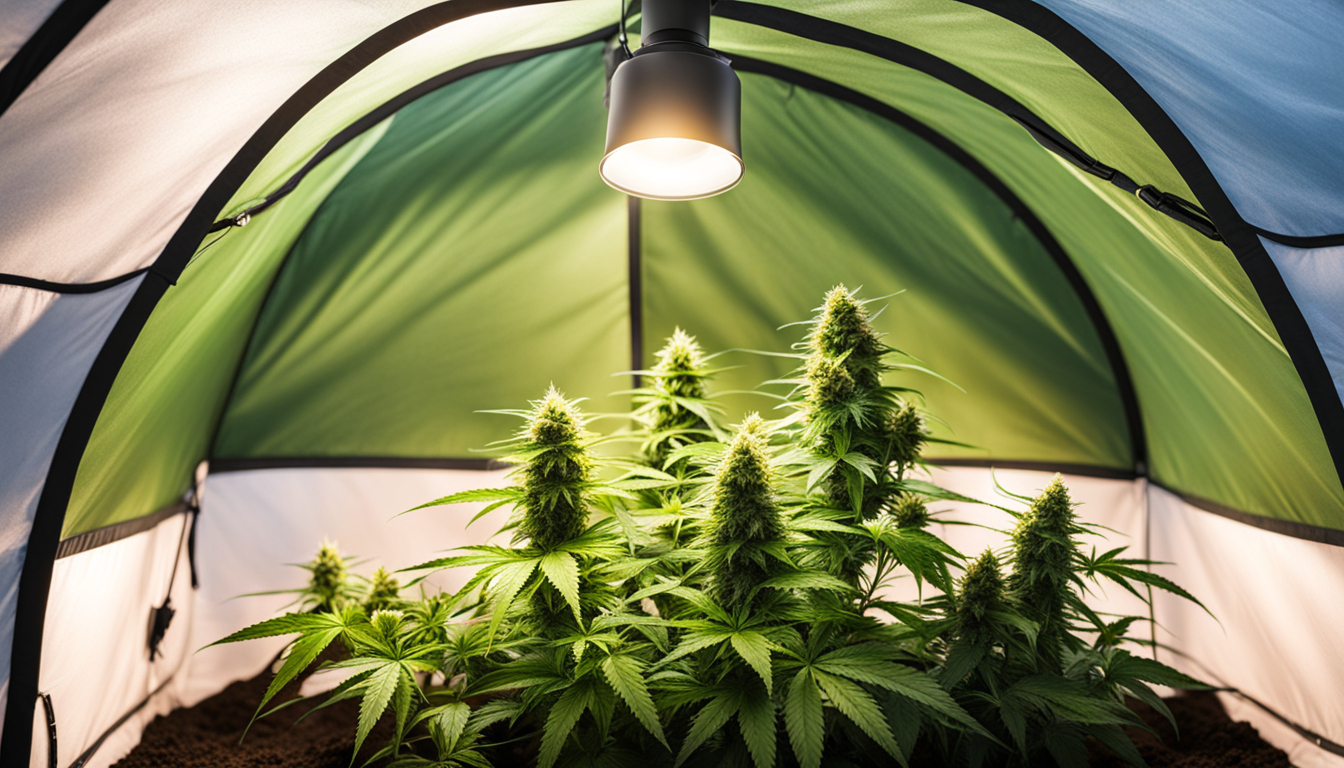
Whether you're new to weed production or looking to improve your existing harvest, following this complete guide will help you produce large, high-quality yields right at home. With the right gear, methods, and attention, cultivating pot indoors can be an extremely rewarding and cost-effective endeavor.
Choosing Weed Varieties
The first step in planning your indoor crop is choosing the right pot strains to cultivate. The three main types of weed plants each have their own traits.
Energizing strains
Known for their uplifting mental effects, these strains spread tall and slender with narrow leaves. They flourish in tropical tropical climates and have a longer blooming time between 2.5-3 months indoors. Top energizing varieties include Sour Diesel, Durban Poison, and Jack Herer.
Indicas
Indicas provide relaxing full-body effects and grow short and bushy with broad leaves. Adapted to cooler mountain climates, they flower faster within 8-9 weeks. Popular indica strains include Northern Lights, Bubba Kush, and Bubba Kush.
Hybrids
Hybrid varieties mix traits from both energizing strains and relaxing strains. They offer combined effects and have medium blooming times around 2.25-2.5 months. Popular mixes are Blue Dream, OG Kush, and Blue Dream.
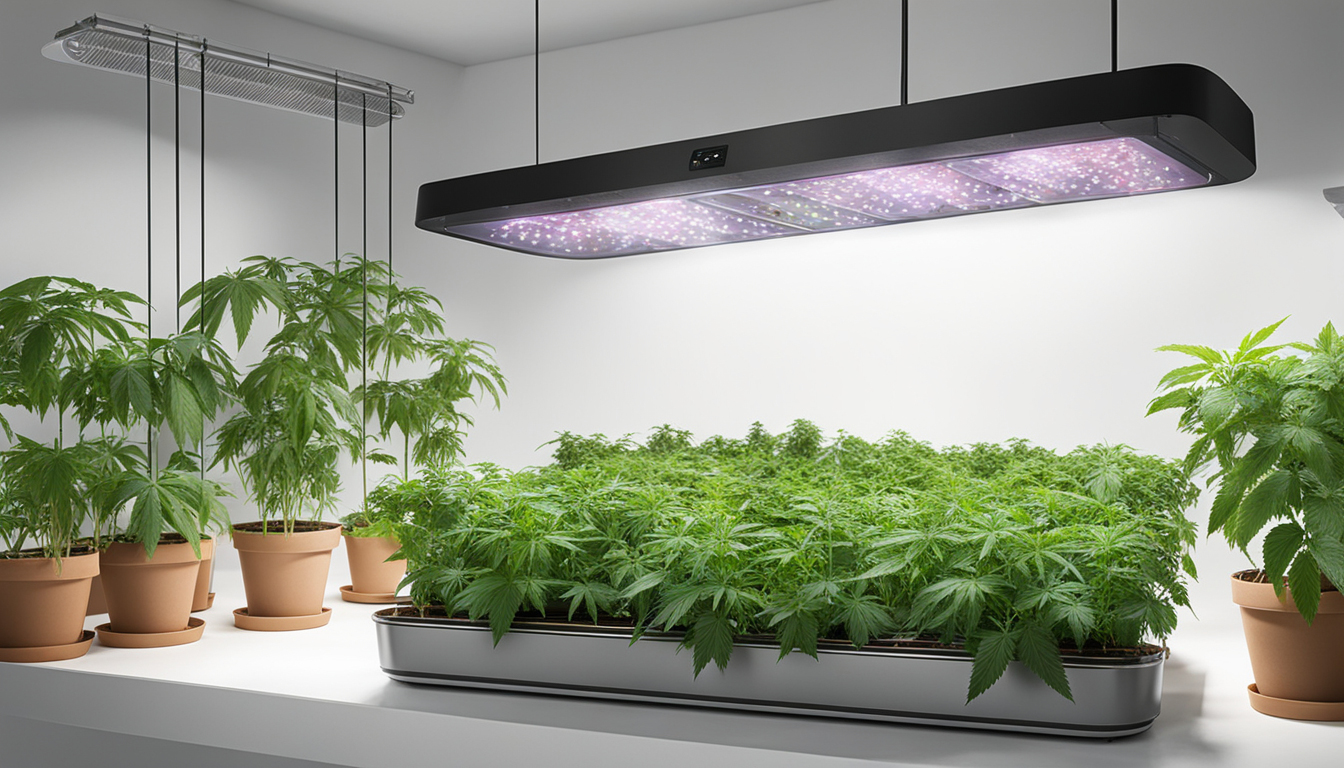
Setting Up Your Cultivation Space
Marijuana plants need the right controlled environment to thrive. Key factors for indoor grows are lighting, ventilation, layout, and finding the ideal discreet location.
Location
Choose an available space with direct access to irrigation and electrical outlets. An empty spare room, large closet, basement corner, or cultivation tent tucked away in a garage all make great stealthy grow room spots.
Lights
Marijuana requires intense light for all growth stages. LEDs are energy-efficient and come in full spectrum options replicating real sunlight. Cover 15-25 watts per sq. ft for the vegetative stage and 20-40 watts per sq. ft. for flowering.
Ventilation
Proper ventilation and exhaust systems maintain ideal temp, moisture, and fresh CO2 levels. Set up silent 4-6 inch blowers or scrubbers to refresh old air and eliminate odors.
Layout
Maximize your space by positioning plants strategically under the lamps and allowing room to access and work around them. Set up distinct zones for vegetation, bloom, curing, and cloning.
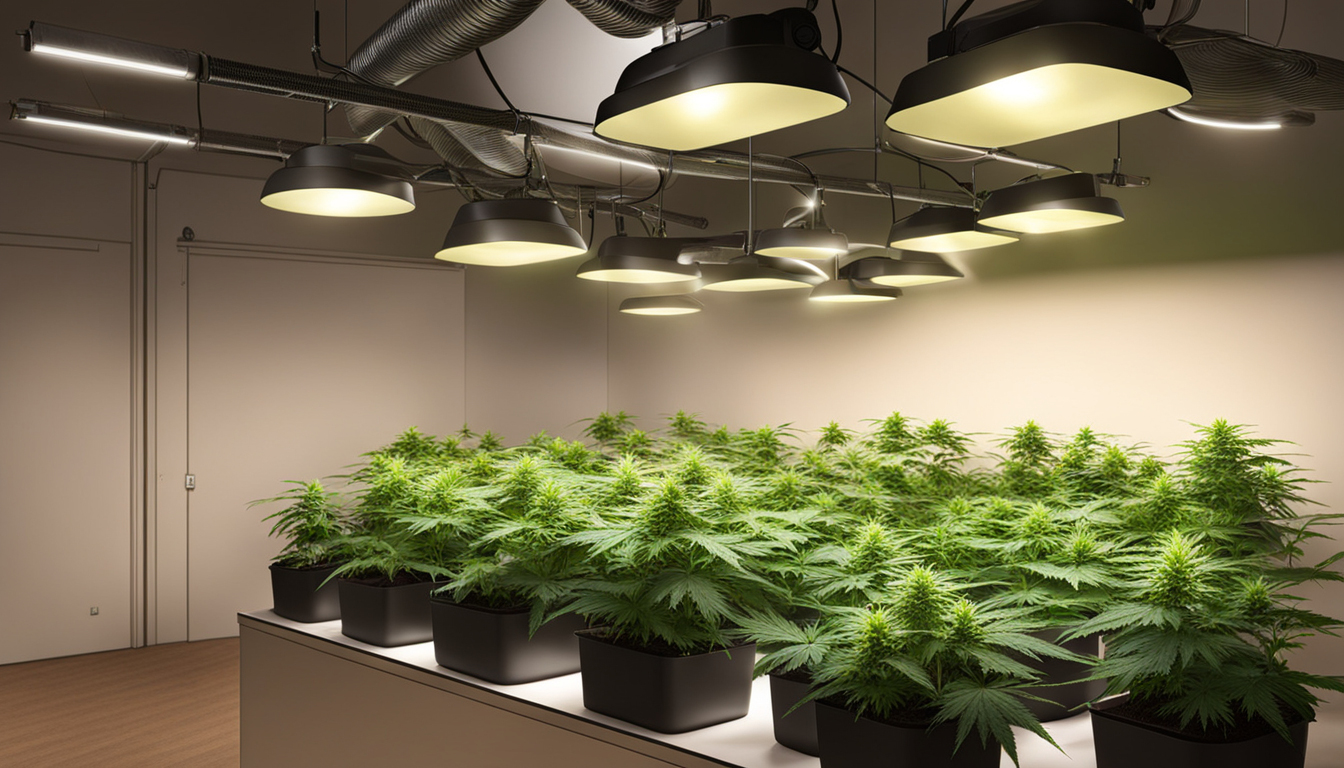
Cultivation Substrates
Weed can be cultivated in different substrates, each with benefits and cons. Pick a proper option for your particular setup and growing style.
Soil
The traditional substrate, soil is affordable and easy for new growers. It provides great taste but requires more watering and nutrients to nourish plants. Enrich soil with vermiculite or coco to enhance drainage.
Coco Coir
Made from coir, reusable coconut fiber holds water but still allows air to the roots. It's more sterile and more predictable than soil. Use coco-specific nutrients to avoid accumulation.
Hydroponics
In hydro systems, plant roots develop directly in nutrient irrigation solution. This allows rapid development but needs careful monitoring of solution properties. Deep water culture and irrigation systems are popular techniques.
Sprouting Seeds
Sprouting activates your weed seeds to start sprouting radicles. This prepares them for planting into their cultivation medium.
Towel Method
Place seeds between moist paper towel and maintain them moist. Check after a week for growing taproots indicating sprouting is complete.
Direct Planting
Plant seeds right into wetted growing medium 1⁄4 inch deep. Gently water and wait 7-14 days until seedlings push through the top.
Cubic rockwool
Presoak rockwool cubes in pH-adjusted water. Place seeds 6mm deep into the cubes. Keep cubes moist until seedlings appear within a week to 2 weeks.
Repotting Seedlings
Once sprouted, marijuana young plants need to be transplanted to avoid overcrowding. Contact Us Today Move them into proper sized pots.
Ready Containers
Fill final containers with growing medium amended with slow-release fertilizer. Let pots to soak up water overnight before transplanting.
Carefully Transplanting
Carefully loosen young roots from sprouting medium using a spoon. Place into prepared container at same depth as before and gently water in.
Growth Stage
The growth stage encourages leafy growth and plant structure through 18-24 hours of continual lighting intensity. This stage usually lasts 1-2 months.
Providing 18-24 Hours of Light
Use grow lights on a 24 hour cycle or natural sunlight to initiate nonstop growth. Lamp output influences height and internodal spacing.
Fertilizing
Use vegetative stage nutrients higher in nitrogen. Make sure pH stays around 6.5 for proper fertilizer uptake. Fertilize 25-50% strength after 2 weeks and increase gradually.
LST and topping
Fimming, LST, and trellising direct shoot patterns for even canopies. This increases yields.
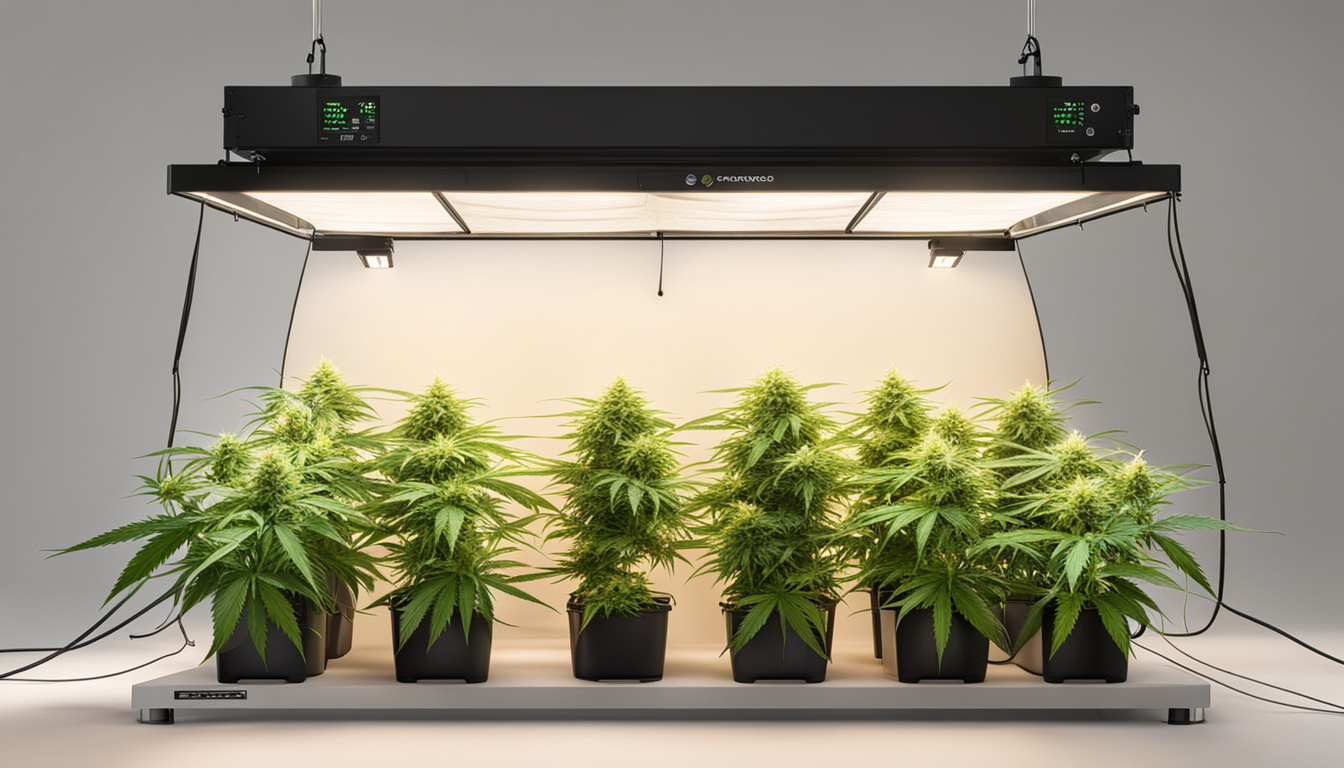
Bloom Stage
The blooming stage grows buds as plants show their sex under a 12/12 light schedule. It lasts 2-3 months based on strain.
Changing Light Schedule
Switch lamps to 12/12 or move outdoors for natural Click Here 12/12 timing. This triggers plants to begin flowering.
Stop Fertilizing
Leaching flushes out fertilizer residuals to improve taste. Feed lightly the first weeks then just use plain water the last 2 weeks.
Flushing
Maintain 12/12 light timing but flush using neutral pH water cannabis grow guide only. Return to plain watering if buds aren't yet ripe after two weeks.
Harvesting
Knowing when pot is completely mature ensures maximum potency and aroma. Cut down plants at peak ripeness.
Signs of readiness
Look for swollen calyxes, faded pistils, and 5-15% cloudy trichs. Check buds around the plant as they won't all ripen evenly.
Harvesting plants
Use sterilized, razor-sharp pruning shears to carefully slice each plant at the base. Keep several inches of stalk attached.
Curing
Hang intact plants or branches upside down in a lightless room with average temperature and RH around 50-60% for 7-14 days.
Aging
Curing continues desiccating while aging the buds like fine wine. This technique smooths bitterness and intensifies cannabinoid contents.
Jars and Humidity
Trim cured buds from stems and place into sealed containers, filling about 75% capacity. Use a sensor to measure container humidity.
Opening jars daily
Open containers for a short time daily to gradually lower moisture. Remoisten buds if RH drops below 55%.
Long term storage
After 2-3 weeks when moisture stabilizes around 55-60%, perform a last trim and keep long-term in airtight jars.
Common Problems and Solutions
Even seasoned growers run into different weed plant problems. Detect problems soon and address them correctly to keep a healthy garden.
Poor feeding
Yellowing leaves often signify insufficient nitrogen. Anthocyanins and leaves show low phosphorus. Check pH and boost fertilizers gradually.
Bugs
Spider mites, fungus gnats, mites, and root aphids are frequent cannabis pests. Use organic sprays, predator bugs, and sticky traps for organic control.
Mold
Excessive moisture encourages botrytis and bud rot. Improve circulation and circulation while reducing RH below 50% during bloom.
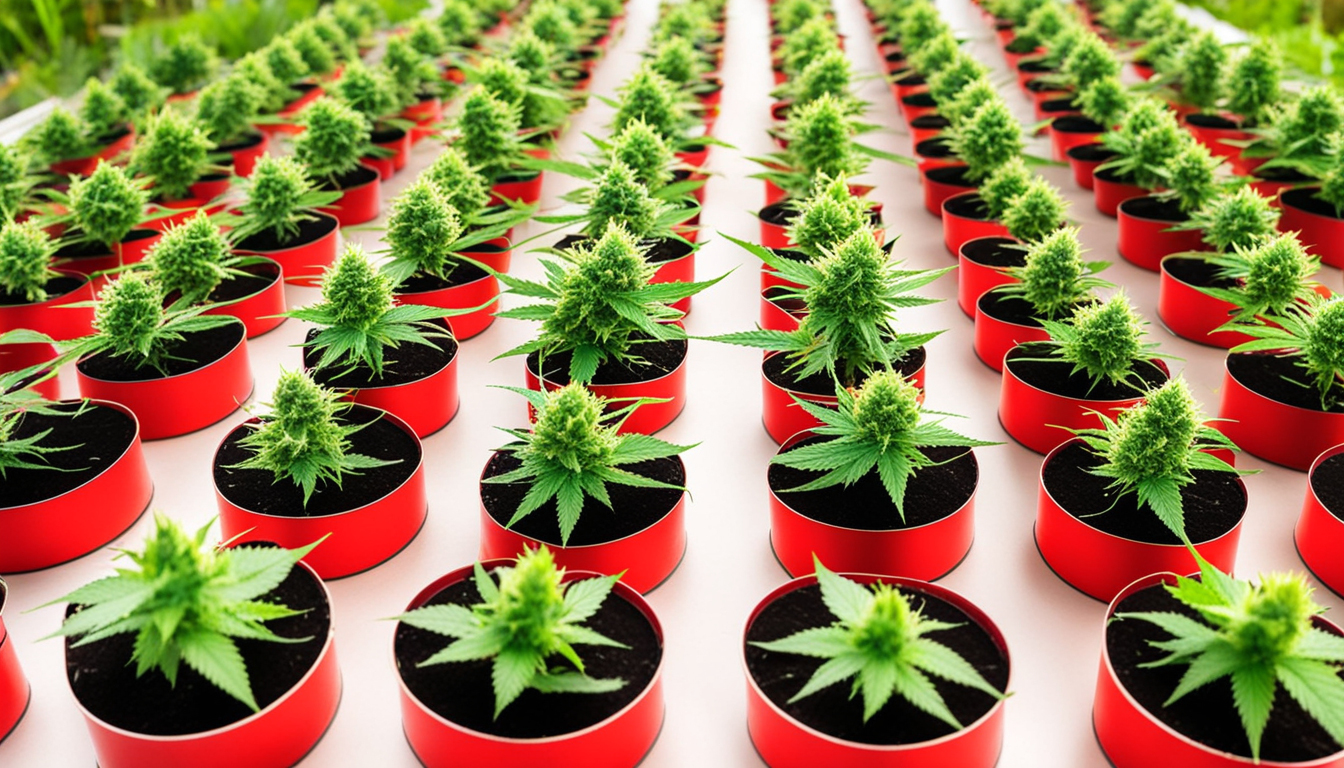
Summary
With this complete indoor cannabis cultivation guide, you now have the info to cultivate plentiful potent buds for private harvests. Apply these techniques and techniques throughout the seed starting, growth, and bloom stages. Spend in quality equipment and carefully check on your plants. In time, you'll be compensated with sticky aromatic buds you grew yourself under the loving care of your green thumbs. Good luck cultivating!